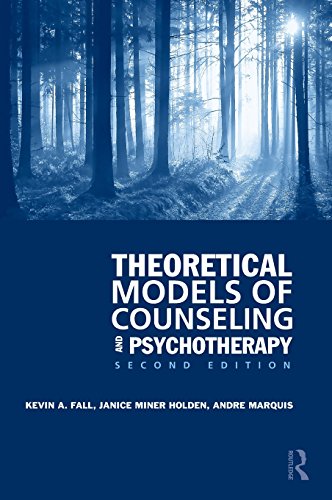

Most ebook files are in PDF format, so you can easily read them using various software such as Foxit Reader or directly on the Google Chrome browser.
Some ebook files are released by publishers in other formats such as .awz, .mobi, .epub, .fb2, etc. You may need to install specific software to read these formats on mobile/PC, such as Calibre.
Please read the tutorial at this link: https://ebookbell.com/faq
We offer FREE conversion to the popular formats you request; however, this may take some time. Therefore, right after payment, please email us, and we will try to provide the service as quickly as possible.
For some exceptional file formats or broken links (if any), please refrain from opening any disputes. Instead, email us first, and we will try to assist within a maximum of 6 hours.
EbookBell Team

4.8
104 reviewsThis text provides a comprehensive overview of a variety of major counseling theories and focuses on the integration of different theoretical models. Appropriate for advanced undergraduates and graduate students, it offers a detailed description of the philosophical basis for each theory, along with historical context and a biography of the founder. Each chapter follows a similar format and explores the main features of the theory, including its approach to and ideas on personality development, human nature, the role of environment, the change process in therapy, and contributions and limitations to the mental health field. Theory-specific information on diagnosis, psychopharmacology, multicultural issues, spirituality, and gender issues is also discussed. These features will provide students with a deeper and more complete understanding of counseling theory than is available in any single resource and allow them to easily bridge classroom study to their future practice.
This second edition of the text has been completely updated and includes more case examples, as well as a new chapter on Constructivist approaches. An online instructor’s manual with student resources is available and offers material to enhance the pedagogical features of the text.